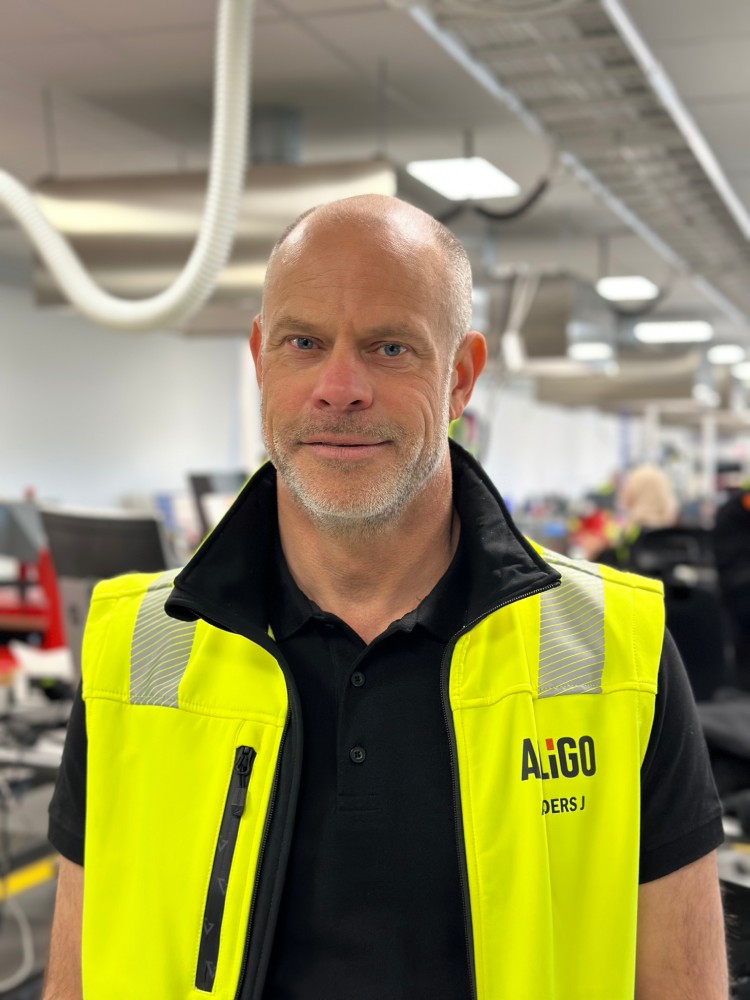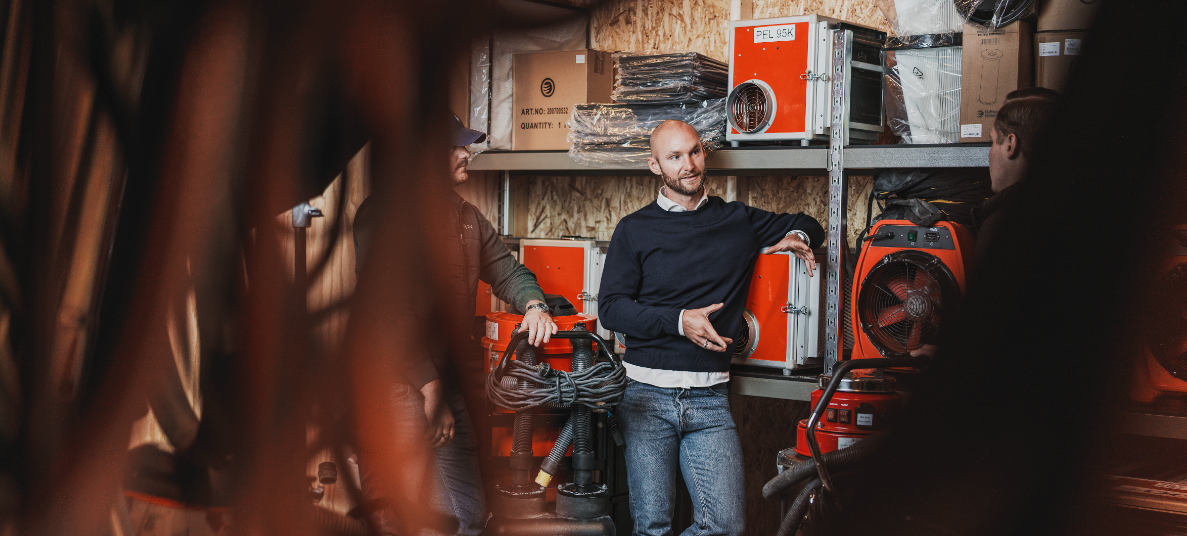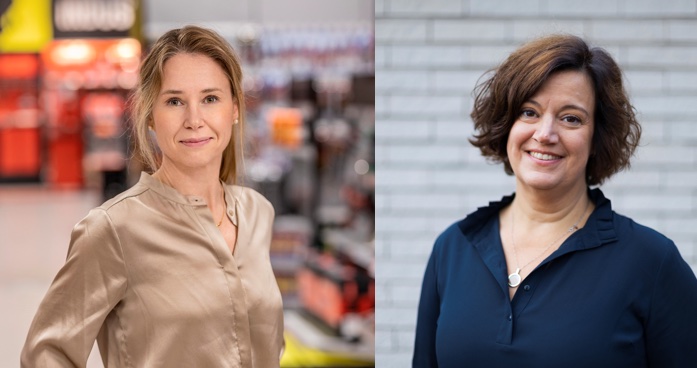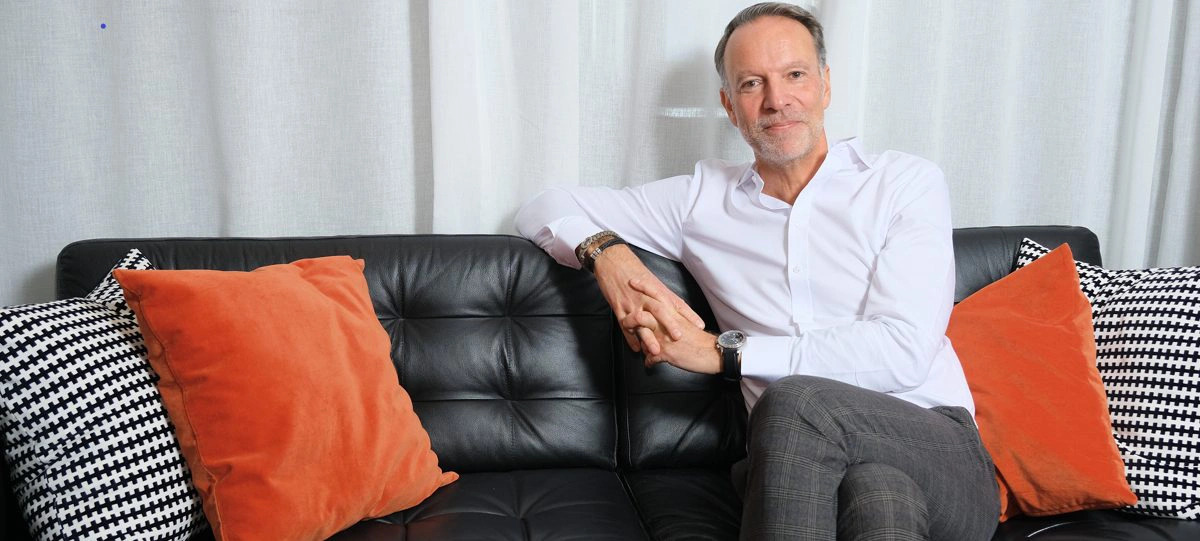Wear it, don’t waste it
We want to encourage restoring and fixing work clothing instead of always buying new,” says Anders Jansson, head of Alligo’s profiling department.
From flameproof overalls for welders to downpipe jeans for hard rockers – regardless of where they’re used, we have the same challenge when it comes to our clothes. The textile industry needs to reduce its environmental and climate impact. One solution is to move away from the short-term mindset of the fashion industry and instead wear our clothes for longer. Take better care of them. Quality over quantity. Or as Johan Dahlström, researcher in industrial sustainability at RISE, says: “Today, most manufacturers’ responsibility ends when they sell their product. But they should also offer services that make the product last longer and can be reused again and again.”
AT ALLIGO’S PROFILING DEPARTMENT in Örebro, they work both with repairs and product development to deliver long-lasting professional garments. They don’t discard shirts just because they happen to have a few loose buttons – they fix them.
“In one case, during an arrival check we discovered that some manufacturing defects had slipped through in a batch of shirts. Instead of returning, with all that would entail with shipping, we chose to enter a dialogue with the manufacturer to fix the problem on site. It was a good move from a sustainability perspective, and it also goes hand in hand with our aim to offer customers the most time-efficient solutions possible,” says Anders Jansson, head of Alligo’s profiling department
THE SEWING DEPARTMENT IN ÖREBRO not only reduces unnecessary freight in the textile industry’s value chain, it also means that Alligo can quickly make design changes requested by customers. Whatever it takes to make garments more durable.
“A floor-layer, for example, crawls on his knees a lot when he works, so you can image that you need some type of extra reinforcement on their work clothing to make it more resistant to all the wear and tear it is exposed to. With our sewing department, we want to encourage the restoration and strengthening of work clothing instead of always buying new.”
BUT WORK CLOTHING IS not like other clothing. They are often important pieces of equipment in workplaces and therefore come with different types of certification requirements.
“It is important to understand what changes can be made within the framework of the various requirements. For example, if you have a high-visibility garment with reflective material, you can’t remove too much of that material because then it would no longer meet the required specifications for certain certificates. We know our garments and know how to make them more durable without compromising safety,” says Anders Jansson.
AT THE LOGISTICS CENTER IN Örebro, they also work on other fronts to make work clothes last longer. One important development is the collaboration between the sewing and product development departments. This means that customer needs are taking into consideration early and this creates a feedback loop that facilitates the development of more sustainable designs.
“If I find that we are getting multiple sewing adaptations on a specific item, I can pass that information onto the product developers. They in turn can take a closer look at the garment and see if it is possible to make a permanent change.”




